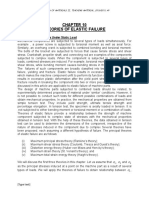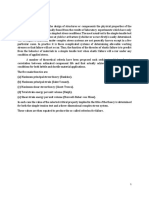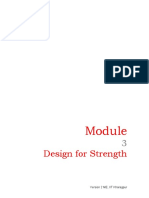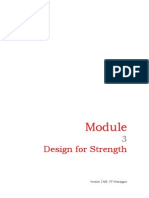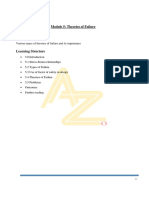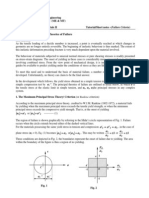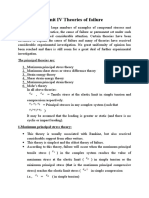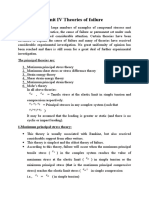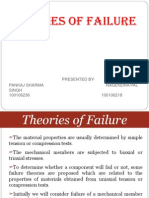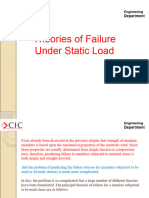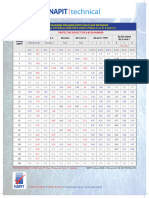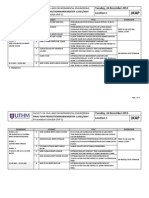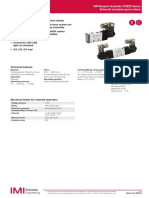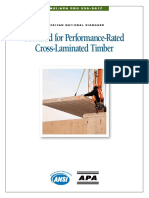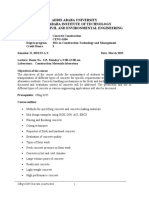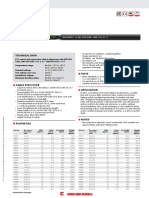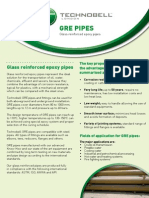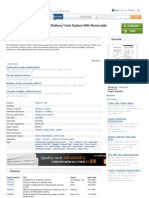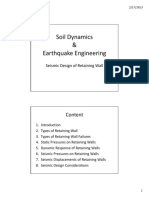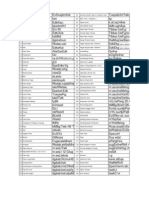0% found this document useful (0 votes)
129 views13 pagesStatic Load Design & Failure Theories
[1] The document discusses design of machine elements and transmission systems against static loads. [2] It covers principal stresses and strains, and theories of failure including maximum principal stress theory, maximum shear stress theory, and distortion energy theory. [3] An example problem is presented on determining the diameter of a crankshaft shaft using maximum shear stress theory.
Uploaded by
Dhyan PatelCopyright
© © All Rights Reserved
We take content rights seriously. If you suspect this is your content, claim it here.
Available Formats
Download as PDF, TXT or read online on Scribd
0% found this document useful (0 votes)
129 views13 pagesStatic Load Design & Failure Theories
[1] The document discusses design of machine elements and transmission systems against static loads. [2] It covers principal stresses and strains, and theories of failure including maximum principal stress theory, maximum shear stress theory, and distortion energy theory. [3] An example problem is presented on determining the diameter of a crankshaft shaft using maximum shear stress theory.
Uploaded by
Dhyan PatelCopyright
© © All Rights Reserved
We take content rights seriously. If you suspect this is your content, claim it here.
Available Formats
Download as PDF, TXT or read online on Scribd
/ 13



